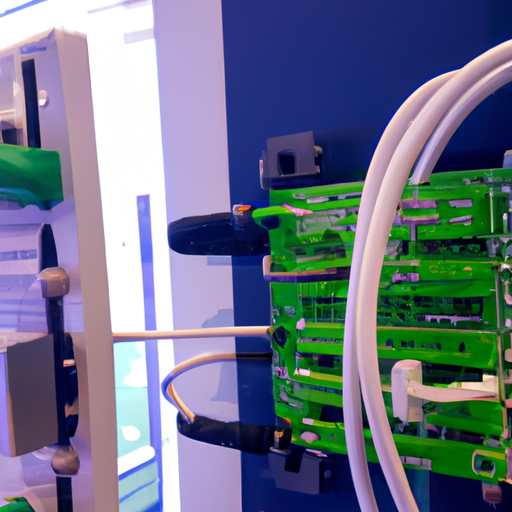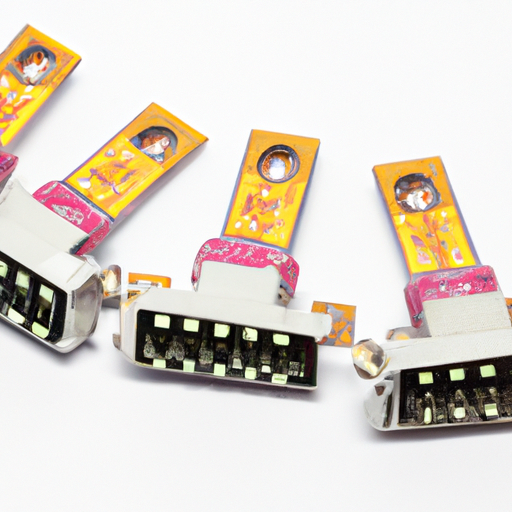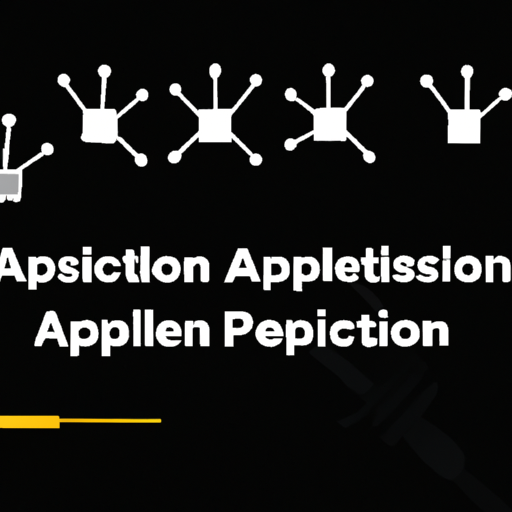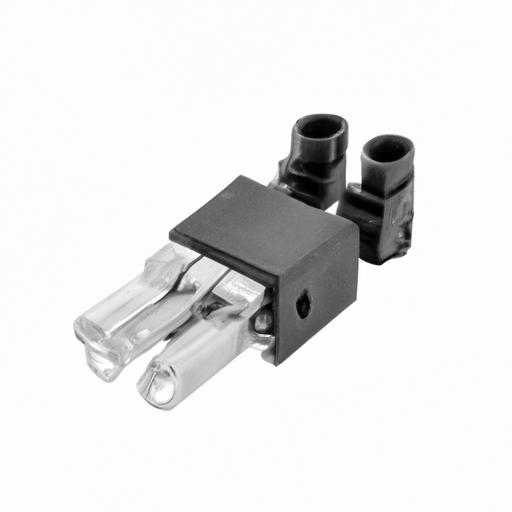What is the mainstream aluminum electrolytic capacitor production process?
What is the Mainstream Aluminum Electrolytic Capacitor Production Process?
I. Introduction
Aluminum electrolytic capacitors are essential components in modern electronic circuits, playing a crucial role in energy storage, filtering, and signal coupling. These capacitors are widely used in various applications, from consumer electronics to industrial machinery, due to their high capacitance values and relatively low cost. Understanding the production process of aluminum electrolytic capacitors is vital for appreciating their functionality and reliability in electronic devices. This blog post will explore the raw materials, production steps, technological advances, and challenges faced in the manufacturing of aluminum electrolytic capacitors.
II. Raw Materials
A. Aluminum Foil
The primary component of aluminum electrolytic capacitors is aluminum foil, which serves as the anode. There are two types of aluminum foil used in capacitor production: etched and plain.
1. **Types of Aluminum Foil**:
- **Etched Aluminum Foil**: This type has a rough surface created through an etching process, which increases the surface area and enhances the capacitance.
- **Plain Aluminum Foil**: Used in some applications, this foil has a smooth surface and is less common in high-capacitance designs.
2. **Properties Required for Capacitor Production**:
The aluminum foil must possess high purity, excellent conductivity, and the ability to form a stable oxide layer during the anodization process.
B. Electrolyte Solutions
Electrolytes are critical for the operation of aluminum electrolytic capacitors, as they facilitate the movement of ions between the anode and cathode.
1. **Types of Electrolytes Used**:
Common electrolytes include aqueous solutions of ammonium borate, potassium hydroxide, or organic solvents containing conductive salts.
2. **Role of Electrolytes in Capacitor Functionality**:
The electrolyte forms a dielectric layer on the anode, allowing the capacitor to store electrical energy.
C. Other Materials
1. **Insulating Materials**:
Insulating materials are used to separate the anode and cathode, preventing short circuits while allowing electric fields to develop.
2. **Terminals and Leads**:
These components are essential for connecting the capacitor to the circuit, ensuring reliable electrical connections.
III. Production Process Overview
The production of aluminum electrolytic capacitors involves several critical steps, each contributing to the final product's performance and reliability.
A. Step-by-Step Breakdown
1. **Preparation of Aluminum Foil**:
The aluminum foil is cleaned and treated to remove impurities and enhance its surface properties.
2. **Anodization Process**:
The cleaned foil undergoes anodization, where it is immersed in an electrolyte solution and subjected to an electric current, forming a thin oxide layer.
3. **Formation of the Dielectric Layer**:
The oxide layer formed during anodization acts as the dielectric, crucial for the capacitor's functionality.
4. **Assembly of the Capacitor**:
The anode and cathode foils are layered with insulating materials in between.
5. **Filling with Electrolyte**:
The assembled capacitor is filled with the electrolyte solution, which is essential for its operation.
6. **Sealing and Finishing**:
Finally, the capacitor is sealed to prevent leakage and ensure durability.
B. Quality Control Measures
1. **Testing for Electrical Properties**:
Capacitors undergo rigorous testing to ensure they meet specified electrical characteristics, such as capacitance, voltage rating, and equivalent series resistance (ESR).
2. **Inspection for Physical Defects**:
Visual inspections and automated systems check for physical defects, ensuring that only high-quality capacitors reach the market.
IV. Detailed Steps in the Production Process
A. Preparation of Aluminum Foil
1. **Cleaning and Surface Treatment**:
The aluminum foil is cleaned using chemical solutions to remove any contaminants that could affect the anodization process.
2. **Etching Process**:
For etched foil, a controlled etching process is applied to create a rough surface, increasing the effective surface area for capacitance.
B. Anodization Process
1. **Explanation of Anodization**:
Anodization involves immersing the aluminum foil in an electrolyte and applying a voltage, which causes oxygen to react with the aluminum, forming a stable oxide layer.
2. **Formation of the Oxide Layer**:
The thickness of the oxide layer can be controlled by adjusting the voltage and duration of the anodization process, which directly influences the capacitor's voltage rating.
C. Formation of the Dielectric Layer
1. **Importance of the Dielectric Layer**:
The dielectric layer is crucial for the capacitor's ability to store charge and withstand voltage without breaking down.
2. **Methods of Formation**:
The dielectric layer is formed during the anodization process, and its properties can be fine-tuned by varying the anodization conditions.
D. Assembly of the Capacitor
1. **Layering of Foils**:
The anode and cathode foils are carefully layered, ensuring proper alignment and spacing for optimal performance.
2. **Insertion of Insulating Materials**:
Insulating materials are inserted between the foils to prevent electrical shorts and maintain the integrity of the capacitor.
E. Filling with Electrolyte
1. **Types of Filling Techniques**:
Various techniques, such as vacuum filling or pressure filling, are used to ensure that the electrolyte completely saturates the capacitor.
2. **Importance of Proper Filling**:
Proper filling is essential to prevent dry spots, which can lead to capacitor failure.
F. Sealing and Finishing
1. **Sealing Techniques**:
Capacitors are sealed using methods such as heat sealing or epoxy encapsulation to prevent leakage and contamination.
2. **Final Quality Checks**:
After sealing, capacitors undergo final inspections and testing to ensure they meet all specifications before being packaged for distribution.
V. Technological Advances in Production
A. Automation in Manufacturing
The introduction of automation in the production process has significantly improved efficiency and consistency. Automated systems can perform tasks such as foil handling, anodization, and quality testing with high precision.
B. Innovations in Materials
Research into new materials for electrolytes and insulating layers has led to improved performance characteristics, such as higher temperature stability and lower leakage currents.
C. Environmental Considerations
Manufacturers are increasingly focusing on environmentally friendly practices, such as reducing waste and using recyclable materials in capacitor production.
VI. Challenges in Production
A. Quality Control Issues
Maintaining consistent quality is a significant challenge, as variations in raw materials or production conditions can lead to defects in the final product.
B. Supply Chain Challenges
The global supply chain for raw materials can be affected by geopolitical factors, leading to fluctuations in availability and prices.
C. Market Demand Fluctuations
The demand for aluminum electrolytic capacitors can vary significantly based on trends in consumer electronics and industrial applications, making it challenging for manufacturers to plan production effectively.
VII. Conclusion
The production process of aluminum electrolytic capacitors is a complex and intricate operation that requires careful attention to detail at every stage. From the selection of raw materials to the final quality checks, each step plays a vital role in ensuring the reliability and performance of these essential components. As technology advances and market demands evolve, manufacturers must continue to innovate and improve their production techniques to meet the needs of the electronics industry. The future of aluminum electrolytic capacitor manufacturing will likely see further automation, material innovations, and a focus on sustainability, ensuring that these components remain integral to modern electronic devices.
VIII. References
- Academic Journals on Capacitor Technology
- Industry Reports on Electronics Manufacturing
- Manufacturer Guidelines for Capacitor Production
This comprehensive overview of the aluminum electrolytic capacitor production process highlights the importance of each step and the challenges faced by manufacturers. By understanding this process, we can better appreciate the role these capacitors play in our everyday electronic devices.






